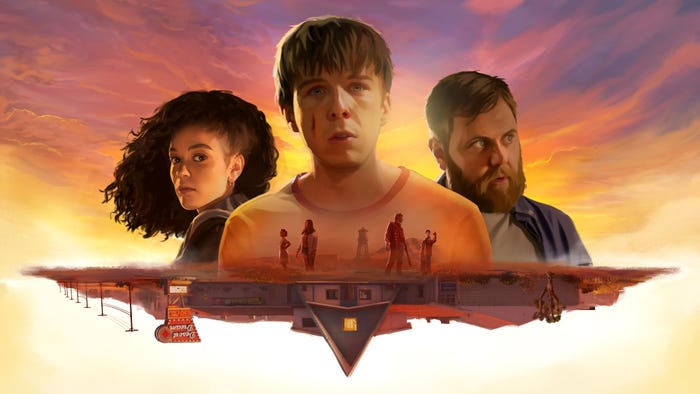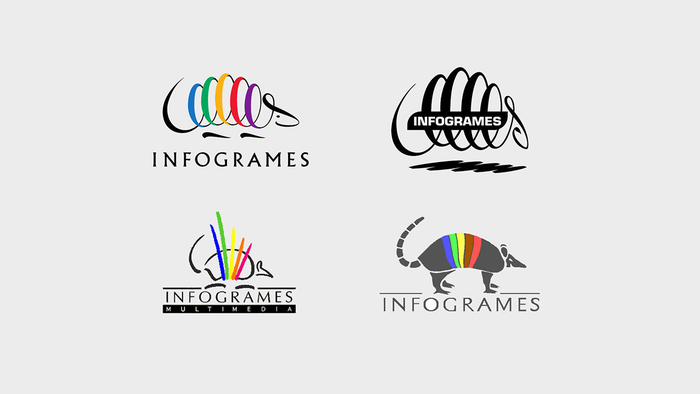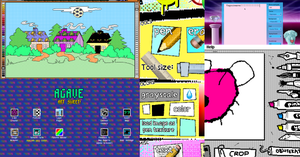In <a href="http://www.gamasutra.com/view/feature/3949/the_13_basic_principles_of_.php">an intriguing design feature</a>, Electronic Arts designer and Page 44 veteran Matt Allmer re-imagines the famous '12 Principles Of Animation' for video games -- addin
February 27, 2009

Author: by Staff
In an intriguing design feature, Electronic Arts designer and Page 44 veteran Matt Allmer re-imagines the famous '12 Principles Of Animation' for video games -- adding a principle along the way! Gameplay design can be chaotic, full of frustrations and contradictions -- Allmer compares it to "sailing a ship while still building the hull or "jumping out of a plane while still sewing your parachute" -- which is why he believes the field needs a set of basic guidelines to follow: "With so much urgency, conflict and uncertainty, there must be an anchor somewhere. Call me boring, but I'm a fan of preparation and established fundamentals. They give me a better understanding of which rules I can break, and which rules I should think twice about. I took a traditional animation class in college and on the first day, the professor handed out the "12 Principles of Animation", introduced by Frank Thomas & Ollie Johnston. If you're not familiar with these two, they were part of the Nine Old Men: The legendary Disney animation crew responsible for the studio's timeless classics, such as, Snow White, 101 Dalmatians, Bambi, Sleeping Beauty, and others. At first, these 12 principles were difficult to fully grasp. However, by the end of the semester, I noticed the more principles I applied to my work, the better the animation. Remembering that experience, I think to myself, "By George! Game design should have something similar!" Designers can use these principles that Allmer outlines as a reference sheet to ensure that they "cover all [their] bases" before presenting their designs. He begins with two key points that contribute to leading and directing the player's experience: "1. Focal Point - Never allow the player to guess what they should focus on. At the same time, always allow secondary subject matter, but it is the designer's job to clearly provide the primary focus at all times. This applies to both visual and visceral aspects of gameplay. Level design example - Creating clear, apparent lines of sight. System design example - Clearly defined plot points and objectives during game progression/user experience. 2. Anticipation - Time is needed to inform the player that something is about to happen. Always factor in Anticipation when designing and implementing events and behaviors. Level design example - A train sound effect occurs before player sees train. System design example - An energy charge builds before the lightning attack occurs." You can read the full feature, which includes more essential game design guidelines on direction, behavior, progression, environment, method, and foundation (no registration required, please feel free to link to this feature from other websites).
You May Also Like







